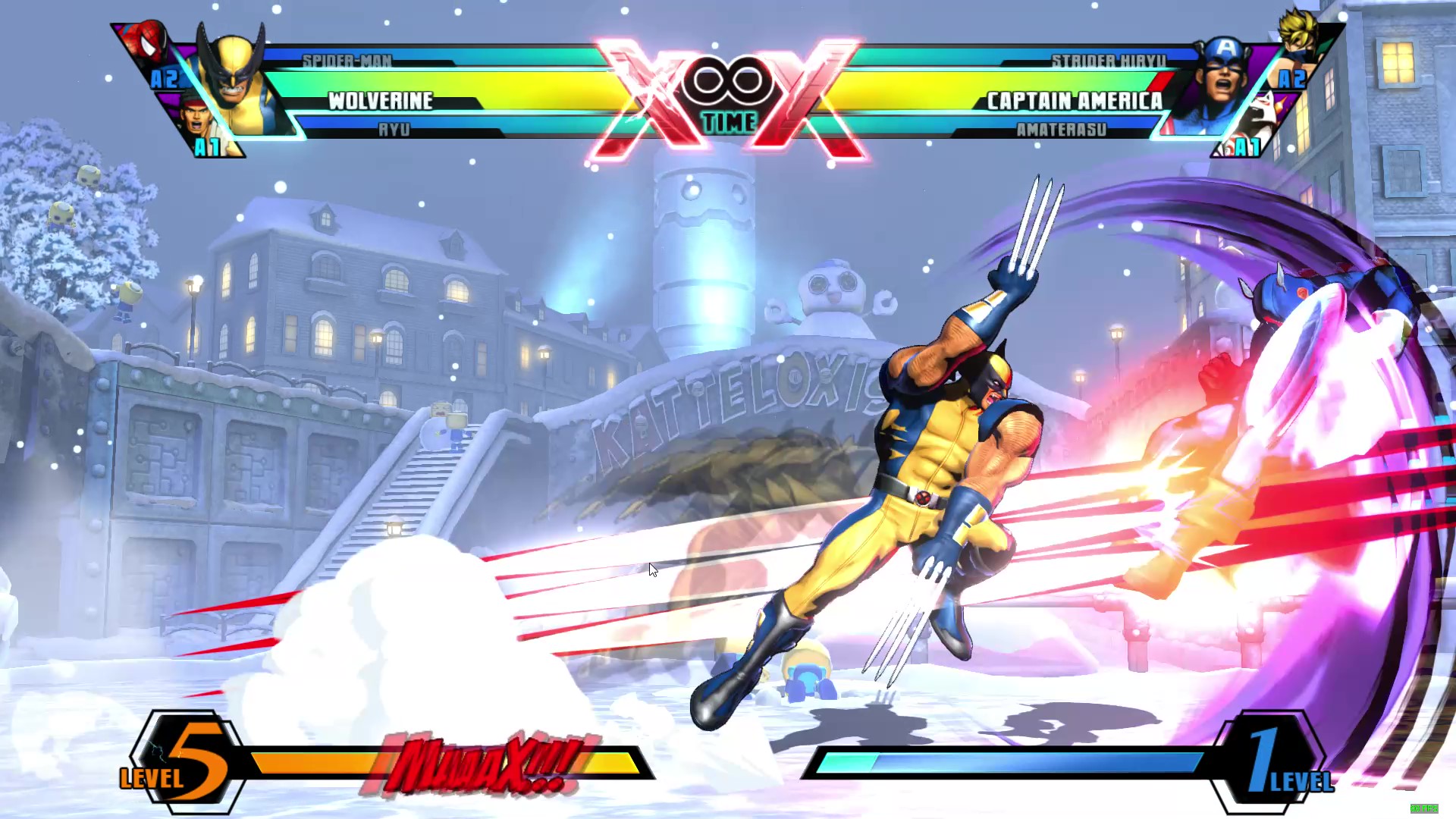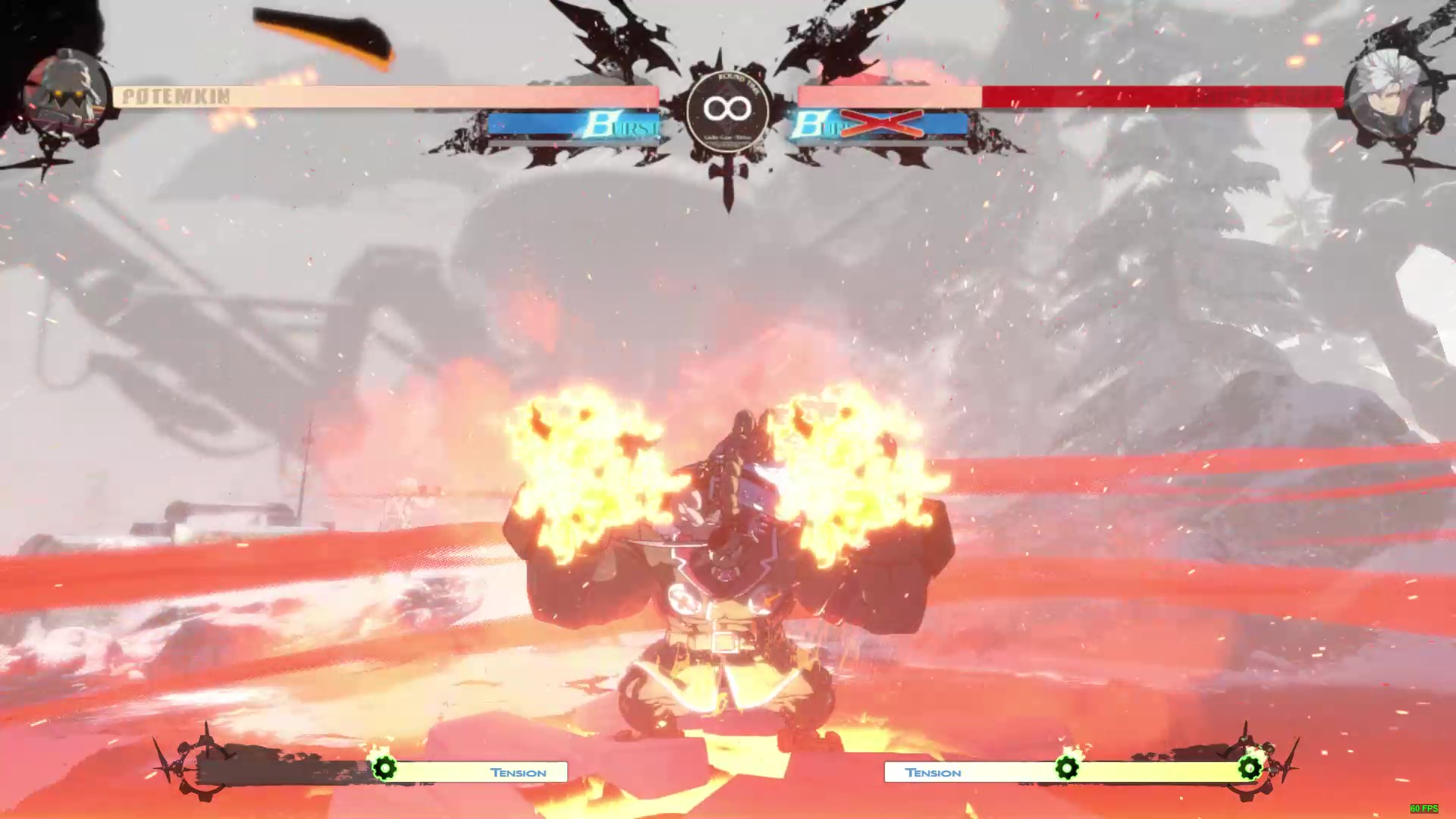It’s like rock-paper-scissors except with combos.
Ever since Street Fighter 2, fighting game characters have followed these three basic archetypes: rushdown, grappler, and zoner. From big, beefy wrestlers to nimble assassins, every fighting game character can fit into one of these archetypes. Methods can vary wildly from game to game, and character to character, but they help you get a grasp of what their game plan is and how to beat them.
Rushdown

Speed, mobility, and relentless pressure — these are the cornerstones of a rushdown character. Their archetype is all about closing the gap as quickly as possible and never giving their opponent a chance to breathe. The oppressive and tricky nature of their offense is meant to wear down and exploit the gaps in their opponent’s defense.
The two most common weaknesses of rushdown characters are either low health or low damage. Giving them lower health means that rushdown characters crumble easily when their opponent manages to strike back. Lower damage on the other hand means that rushdown characters need more effort and time to close out a round, giving more opportunities for their opponents to counterattack.
Grappler

As the name of the archetype suggests, a grappler only has one goal: to get their hands on you and plant your face into the ground. Grapplers live and die by their ability to deal massive amounts of damage through their powerful grabs. They can dish out the pain but they can take it as well as they usually have the highest amount of health in the roster.
That extra durability is needed though as grapplers are known to have extremely weak mobility. This means that the most common way of fighting them is to make sure they don’t get near you. You need to keep your distance and whittle them down with projectiles or far-reaching attacks.
Zoner

Absolute control is what zoners look for. Their game plan aggravates many players as they fill the space between them and their opponents with projectiles and long-range attacks, making approaching them difficult and dangerous. What’s more is that zoners will usually have a move that can help them keep their distance, further increasing their opponent’s frustrations.
Fortunately, many zoners don’t fare well in an up-close brawl. Without the proper spacing, their attacks can be slow and predictable. Like grapplers, their overall mobility is limited making it difficult for them to escape if their opponents do close in. Zoners can always try to outfight their opponents in this situation but it’s usually so that they can reestablish the control that they lost.
The General Rule
It’s clear to see that these three basic fighting game archetypes play off of each other’s strengths and weaknesses. As a general rule, there’s a sort of rock-paper-scissors balance in the way these archetypes interact during a match.
Rushdown characters have the advantage over zoners as their speed and agility mean that they have an easier time closing the distance to their opponent. Grapplers can be favored against rushdown characters as grapplers want to be close to their opponent anyways so that they can land their grabs. Zoners can dominate grapplers as they lose so much time and health trying to reach them.
These shouldn’t be taken as absolutes, however. With enough training and skill, any character can beat their most unfavorable matchups. It all comes down to how well you can leverage the advantage your archetype offers you.
Banner images from Capcom.
Related Stories:
5 Common Fighting Game Terms All Beginners Need To Know
The Numbers Are In: Over 9,000 Unique Entrants and More Records Broken in Evo 2023
